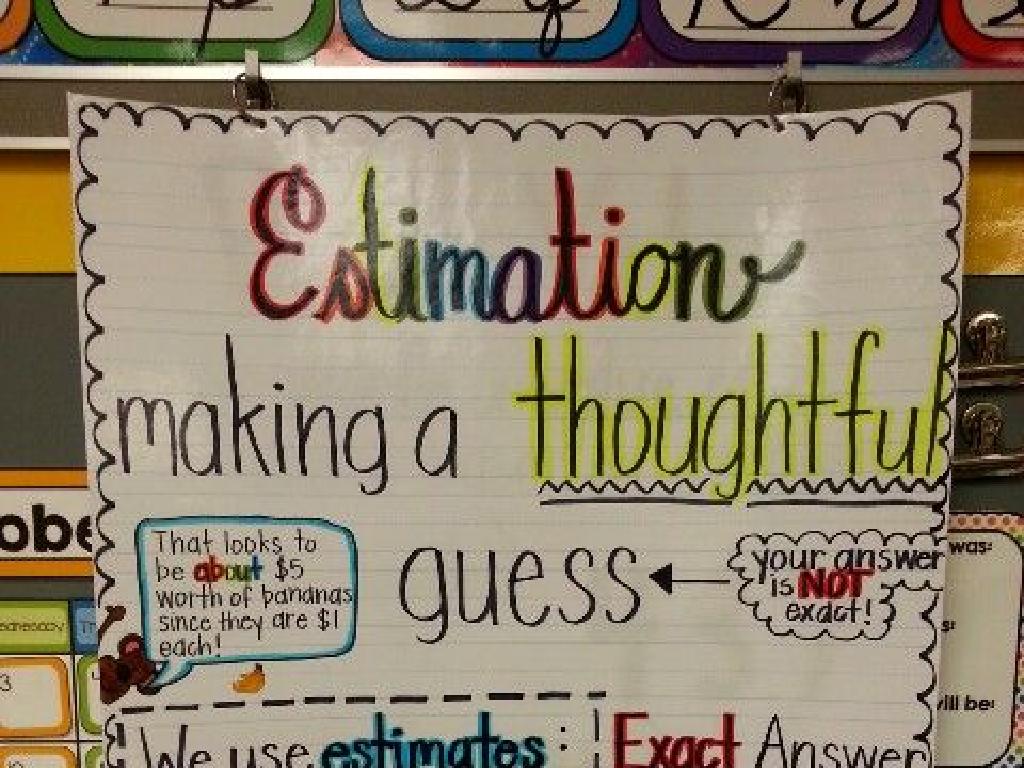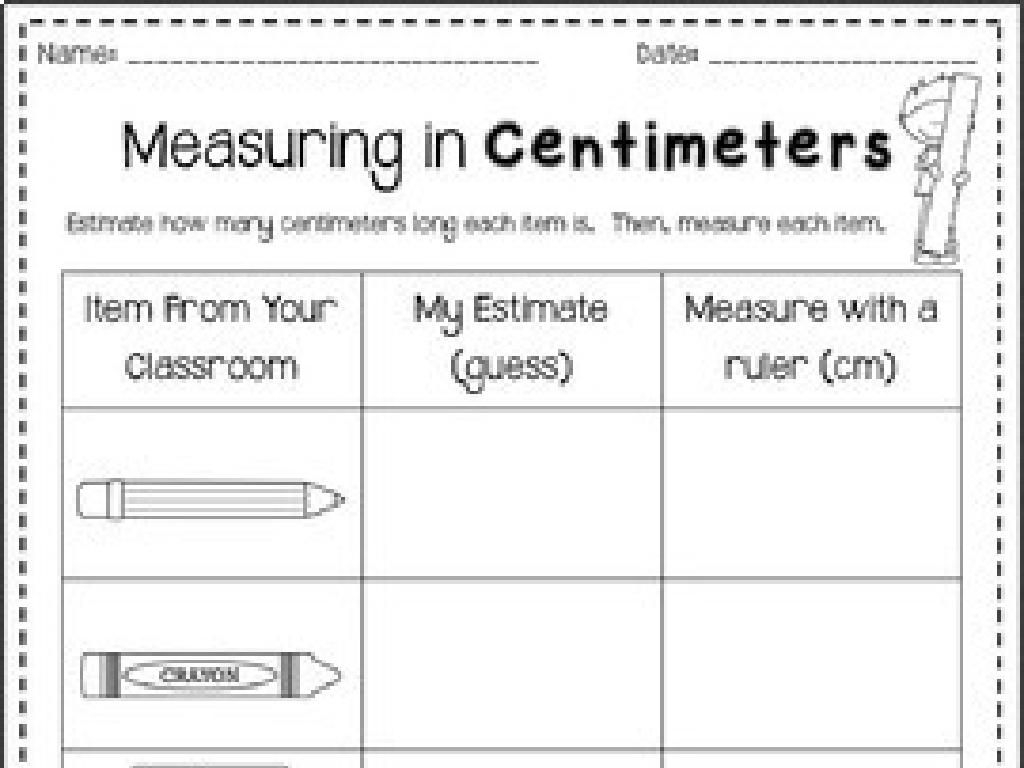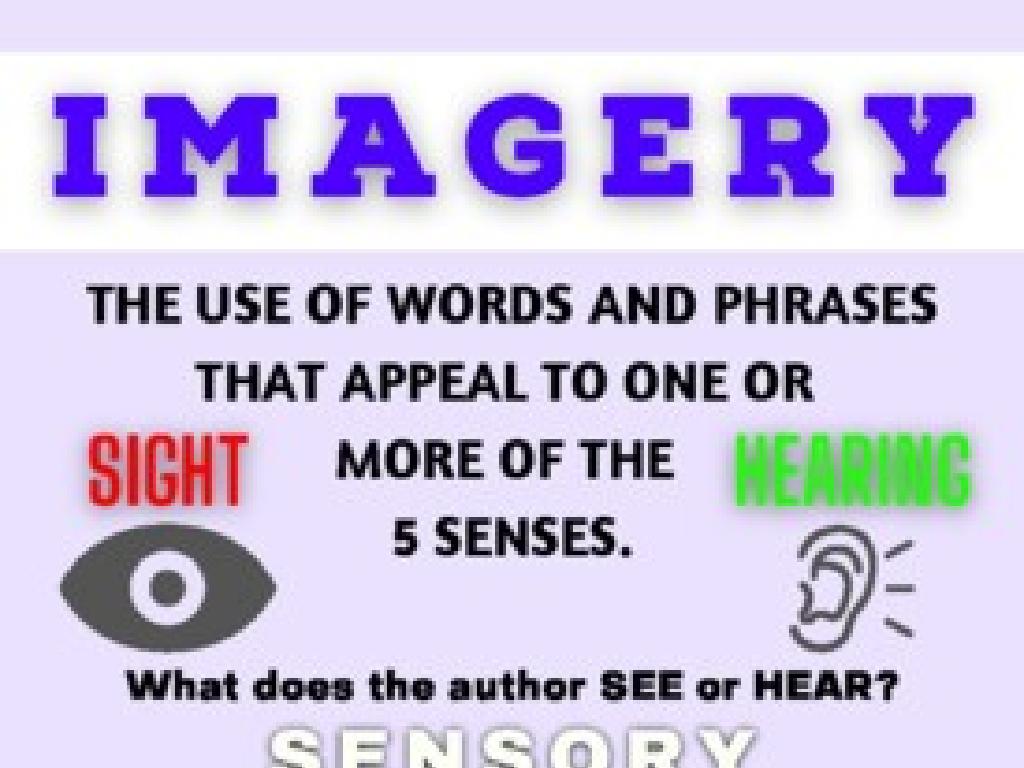Coordinate Plane Review
Subject: Math
Grade: Seventh grade
Topic: Coordinate Plane
Please LOG IN to download the presentation. Access is available to registered users only.
View More Content
Welcome to Coordinate Planes!
– Basics of the coordinate plane
– A grid with horizontal (x-axis) and vertical (y-axis) lines
– Importance in math and life
– Used for mapping, navigation, and visualizing equations
– Review of graphing concepts
– Recall plotting (x, y) points and interpreting graphs
– Activity: Plotting points
– Let’s plot (3, 4), (-1, -2), and (0, 0) on a plane
|
This slide introduces the coordinate plane, a fundamental concept in mathematics that extends to various real-life applications such as mapping and navigation. Begin by explaining the x-axis and y-axis, and how they intersect at the origin. Emphasize the practicality of coordinate planes in representing and solving mathematical problems. Review previous knowledge by reminding students how to plot points and read graphs. Engage the class with an activity where they plot given points to refresh their skills. This activity will help assess their understanding and provide a hands-on experience with the coordinate plane.
Exploring the Coordinate Plane
– Define the coordinate plane
– A two-dimensional plane for graphing points, lines, and curves
– Identify parts: X-axis, Y-axis, origin
– X-axis: horizontal, Y-axis: vertical, origin: where they intersect
– Understand the four quadrants
– Quadrants I, II, III, IV counterclockwise from top right
– Locate points on the plane
– Use ordered pairs (x, y) to find positions
|
This slide introduces the coordinate plane, a fundamental concept in algebra and geometry. Start by defining the coordinate plane as a two-dimensional surface where we can plot points, lines, and curves using an ordered pair of numbers. Highlight the importance of the X-axis (horizontal) and Y-axis (vertical), and their intersection point called the origin (0,0). Explain the division of the plane into four quadrants, labeled I to IV, starting from the top right and moving counterclockwise. Emphasize how each point on the plane is identified by an ordered pair (x, y), where ‘x’ represents the position along the X-axis, and ‘y’ represents the position along the Y-axis. Encourage students to practice plotting points and identifying their positions in different quadrants.
Plotting Points on the Coordinate Plane
– Understand ordered pairs (x, y)
– Each point is defined by an x (horizontal) and y (vertical) coordinate.
– Example: Plot (3, 5) on the plane
– See how (3, 5) is placed 3 units right of origin and 5 units up.
– Student Practice: Plot points
– Try plotting (-2, 4) and (1, -3) on graph paper.
– Discuss: Why coordinates matter
|
This slide introduces students to the concept of plotting points using ordered pairs on a coordinate plane. Begin by explaining that each point is determined by two numbers, which represent its position along the horizontal (x-axis) and vertical (y-axis) axes. Use the example of (3, 5) to show how to find the point by moving right from the origin (0,0) along the x-axis and then up along the y-axis. Then, have students practice by plotting the points (-2, 4) and (1, -3) on their own graph paper. Discuss the importance of understanding coordinates in various real-life applications, such as maps and computer graphics.
Coordinate Plane in Action
– Coordinate planes in maps
– Maps use grids similar to coordinate planes for navigation.
– Using planes in video games
– Video games use coordinates for character movement and object placement.
– Example: Locations via coordinates
– E.g., Finding a treasure at (3, 5) on a game map.
– Practical applications
|
This slide aims to show students the practical applications of coordinate planes beyond the classroom. By understanding how coordinate planes are used in everyday tools like maps and in popular video games, students can better grasp the concept and its usefulness. For instance, maps utilize a grid system to pinpoint exact locations, similar to plotting points on a coordinate plane. In video games, characters and objects are often positioned using x and y coordinates, which can change as the game progresses. Provide an example, such as identifying a location using coordinates on a map or in a game scenario, to illustrate the concept. Encourage students to think of other areas where coordinate planes might be used and discuss the importance of accuracy in these applications.
Reflection over Axes
– Reflection over the X-axis and Y-axis
– Flipping a point over the line of an axis changes its coordinates
– Example: Reflect (3, -2) over X-axis
– Original point (3, -2), reflected point (3, 2)
– Class Practice: Reflect (-4, 1) over Y-axis
– Original point (-4, 1), what will be the reflected point?
– Understanding reflections in coordinate plane
|
This slide introduces the concept of reflection over the X-axis and Y-axis in the coordinate plane. Reflection is like ‘flipping’ a point over a specified axis, which changes its coordinates. For example, reflecting the point (3, -2) over the X-axis results in the point (3, 2). During class practice, students will apply this concept by reflecting the point (-4, 1) over the Y-axis. The teacher should guide the students through the example, then allow them to try the class practice on their own or in small groups. Afterward, discuss as a class to ensure understanding. The teacher can prepare additional points for reflection if time allows, to reinforce the concept.
Calculating Distance in the Coordinate Plane
– Calculating distance between points
– Use the distance formula: ((x2 – x1)² + (y2 – y1)²)
– Example: (2, 3) to (5, 7)
– Calculate ((5 – 2)² + (7 – 3)²) to find the distance
– Group Activity: Find distances
– Work in groups to find ((-3 – 4)² + (-1 – 2)²)
– Understanding the distance formula
– Distance formula is derived from the Pythagorean theorem
|
Introduce the concept of finding the distance between two points on the coordinate plane. Explain the distance formula as an application of the Pythagorean theorem in a two-dimensional space. Provide a clear example with points (2, 3) and (5, 7), and guide students through the calculation step by step. For the group activity, instruct students to apply the distance formula to find the distance between the points (-3, -1) and (4, 2). Encourage collaboration and discussion among students to foster a deeper understanding. The teacher should circulate the room, assisting groups as needed and ensuring that students comprehend the process and the mathematical reasoning behind it.
Class Activity: Coordinate Plane Challenge
– Analyze plotted points on a coordinate plane
– Determine the quadrant for each point
– Calculate distance between point pairs
– Use the distance formula or count units on the graph
– Reflect points over the X or Y-axis
– Flip points across an axis to ‘mirror’ their position
|
This interactive class activity is designed to reinforce students’ understanding of the coordinate plane. Provide each student with a handout of a coordinate plane that includes various pre-plotted points. Students will start by identifying which quadrant each point is located in, enhancing their ability to navigate the coordinate system. Next, they will practice calculating the distance between pairs of points, which can be done by applying the distance formula or by counting the units on the graph. Lastly, students will engage in reflecting given points over the X-axis or Y-axis, which helps them understand the concept of reflection in a coordinate plane. For the teacher: Prepare four to five different versions of the activity with varying levels of difficulty to cater to different learning paces. Encourage students to work in pairs for peer learning. After the activity, have a class discussion to allow students to share their methods and reflections.
Wrapping Up: Coordinate Plane Review
– Recap key coordinate plane concepts
– Homework: Coordinate plane worksheet
– Complete exercises to reinforce today’s lesson
– Remember: Practice is key
– Regular practice improves skills
– Bring questions next class
– Any doubts? We’ll address them!
|
As we conclude today’s lesson on the coordinate plane, remind students of the main points discussed, such as the x-axis and y-axis, plotting points, and identifying coordinates. Assign the provided worksheet for homework to give students the opportunity to apply what they’ve learned. Emphasize the importance of regular practice to become proficient in understanding and using the coordinate plane. Encourage students to bring any questions they have to the next class for clarification. This will help ensure they are well-prepared and confident in their ability to work with coordinate planes.






